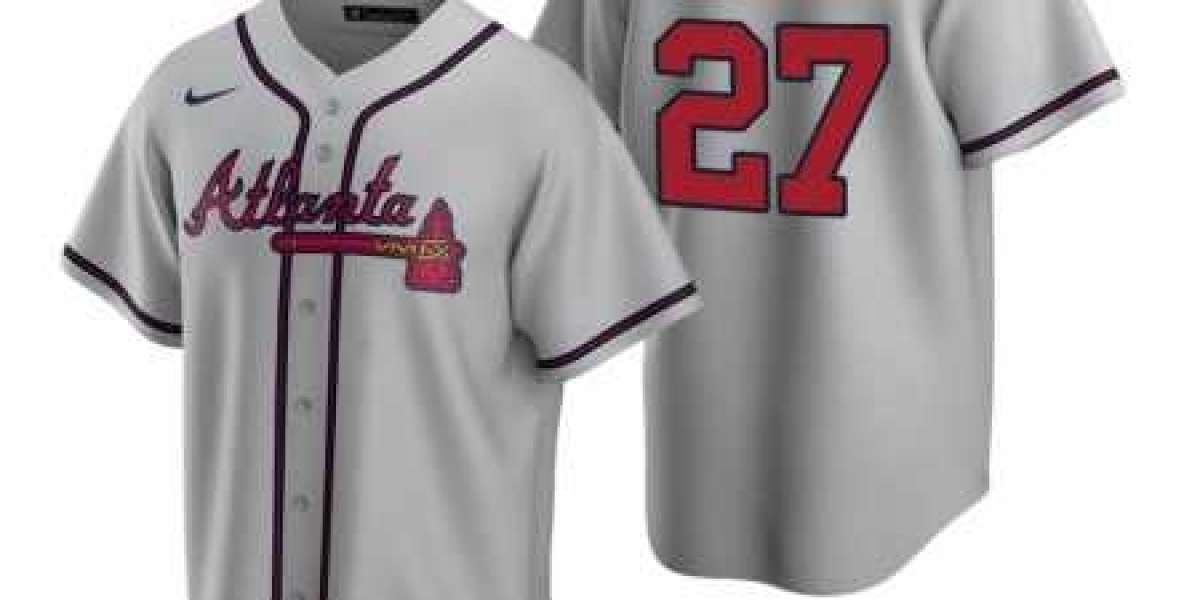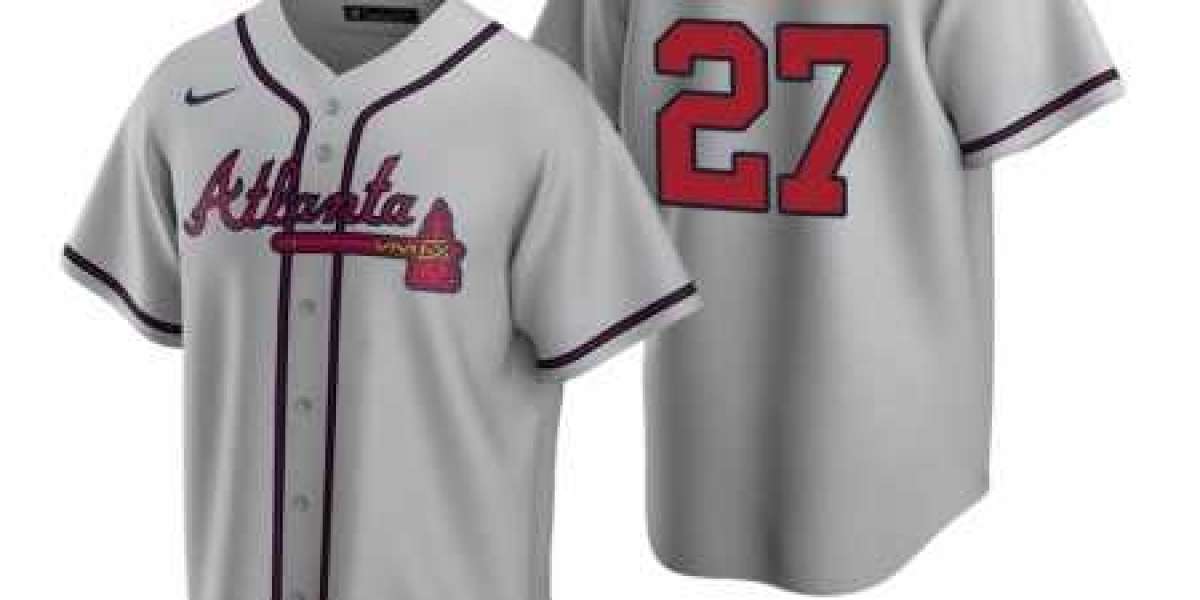Are you tired of wasting water and inefficiently spraying your plants or garden? Pump sprayers have been a go-to solution for gardening enthusiasts, but there's always room for improvement. In this blog post, we'll explore some exciting design innovations that can help improve spray efficiency and save water with pump sprayers! With these tips, you can take your gardening game to the next level while doing your part in conserving our planet's most precious resource - water. So buckle up and get ready to revolutionize the way you use pump sprayers!
Current Status of Pump Sprayers
Pump sprayers have been around for decades, and they remain a popular tool for homeowners and professionals alike. They are commonly used to apply pesticides, herbicides, fertilizers, and other chemicals to lawns and gardens. However, the current status of pump sprayers is not without its challenges.One issue with traditional pump sprayers is their lack of efficiency. Many models require significant effort to operate and may produce uneven or inconsistent spray patterns. This can result in wasted product or ineffective treatment.Another challenge facing pump sprayers is the need for water conservation. With drought conditions becoming more common in many areas, it's essential to use water resources wisely. Traditional spray methods often lead to overspray or runoff that can contribute to water waste.Fortunately, design innovations are helping address these issues with new features like adjustable pressure settings and advanced spray nozzles that deliver precise coverage while minimizing waste. In addition, new materials such as lightweight plastics are making pumps easier to handle without sacrificing durability.While there are still improvements needed in some areas such as ease of use and material quality standardization across different brands; the future looks promising for modernizing this time-tested tool!
How to Improve Spray Efficiency
Improving spray efficiency is crucial for pump sprayers. It not only helps in saving water but also ensures that the desired coverage is achieved without any wastage of pesticides or fertilizers. Here are some ways to improve spray efficiency:
Firstly, ensure that the nozzle and pump are clean before starting. Clogged nozzles can cause uneven spraying patterns leading to over-spraying or under-spraying.
Secondly, choose a nozzle with appropriate size and shape according to the application requirements. The wrong nozzle can lead to excessive drift or improper coverage.
Thirdly, maintain an optimal spraying speed as per product instructions. Going too fast will result in poor coverage while going too slow increases the risk of overlapping sprays causing waste.Use technology like smart controllers and pressure regulators which can help control flow rates resulting in precise application rates while minimizing excess usage.By implementing these measures you can significantly improve spray efficiency thereby reducing costs and environmental impact while ensuring effective application of fertilizers or pesticides
How to Save Water with Pump Sprayers
One of the major concerns in agriculture is water conservation. Pump sprayers can help save water in several ways. First and foremost, they are designed to deliver just the right amount of liquid to plants with minimal waste.Secondly, pump sprayers allow for a targeted application of water where it is needed most. This means that farmers can avoid over-watering their crops which leads to wastage.Thirdly, modern pump sprayer designs offer customizable spray patterns and droplet sizes that optimize coverage while minimizing runoff. With this precision targeting feature, less water is used overall.Some pump sprayers are equipped with sensors that detect soil moisture levels and automatically adjust watering frequency as required. This not only saves water but also ensures that plants receive just enough hydration without being overwatered or underwatered.Using innovative design features offered by modern pump sprayers can significantly reduce the amount of water used in farming practices while still maintaining optimal plant health and growth.
Case Studies
Case Studies
To demonstrate how design innovations can improve spray efficiency and save water, let's take a look at some real-life case studies.First up is a landscaping company that switched from traditional pump sprayers to models with adjustable nozzles. By fine-tuning the spray pattern to match the specific plants being treated, they were able to reduce overspray by 30%, resulting in significant water savings.Another example comes from an agricultural setting, where farmers have started using GPS-guided sprayers. By precisely mapping out their fields and programming the sprayer accordingly, they've been able to avoid spraying unnecessary areas and minimize drift, leading to better crop yields and less environmental impact.There are innovative new products on the market like battery-powered backpack sprayers that offer greater maneuverability for professionals working in tight spaces or hard-to-reach areas. With these tools at their disposal, pest control workers have reported higher productivity rates and more accurate application of treatments.These are just a few examples of how design improvements can make a big difference when it comes to pump sprayer efficiency and water conservation!
Conclusion
To sum up, pump sprayers are an essential tool for many industries and households. However, the traditional models may not be as efficient as they could be in terms of spray efficiency and water usage. Fortunately, there are design innovations that can significantly improve both aspects.By using adjustable nozzles, pressure regulators, and fan patterns on pump sprayers, users can ensure that every drop of liquid is used efficiently while achieving optimal coverage. Additionally, incorporating features like shut-off valves or automatic timers can prevent unnecessary waste of water during use.The case studies we have looked at demonstrate how these improvements can result in significant savings in time, resources and costs. Beyond that it also advocates for sustainability by reducing excess use of water which becomes even more important considering the global issue with climate change.As such manufacturers within various industries should consider implementing these design changes to enhance their products’ functionality while saving natural resources too. So next time you’re purchasing a pump sprayer make sure to look out for models that incorporate some - if not all - of these innovative features mentioned above!Please contact us,if you need.[email protected]








